Philippine Copyright
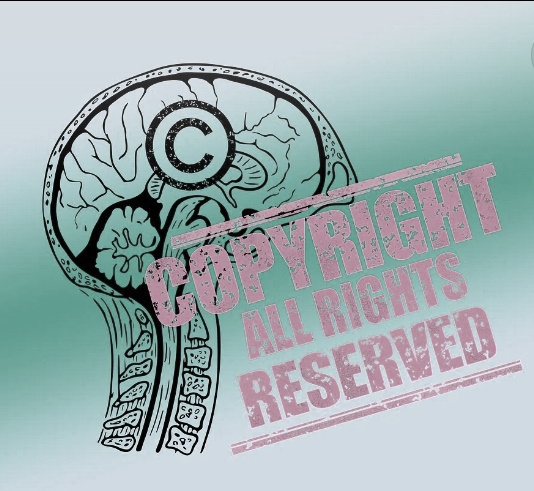
Philippine Copyright is the right of the creator with regard to his work.
When you watch a movie, that film, its production, the script, and the soundtrack are the creative work of other people.
What are the rights of the people who created this work?
Are they entitled to the work they made or are the rights assigned to the producers?
In this article, we will help you understand the rights of the authors in the law and the benefits they receive when they register their work.
Contents
- What is a Copyright in Philippine Law?
- What are the types of works that are protected by Philippine Copyright?
- What are works not protected by Philippine Copyright?
- When are works protected by Philippine Copyright?
- How long is the protection of a copyright?
- What are the benefits of registration under Philippine copyright?
- Are works copyrighted in another country also protected here in the Philippines?
- How to file Philippine Copyright before the IPOPhil?
What is a Copyright in Philippine Law?
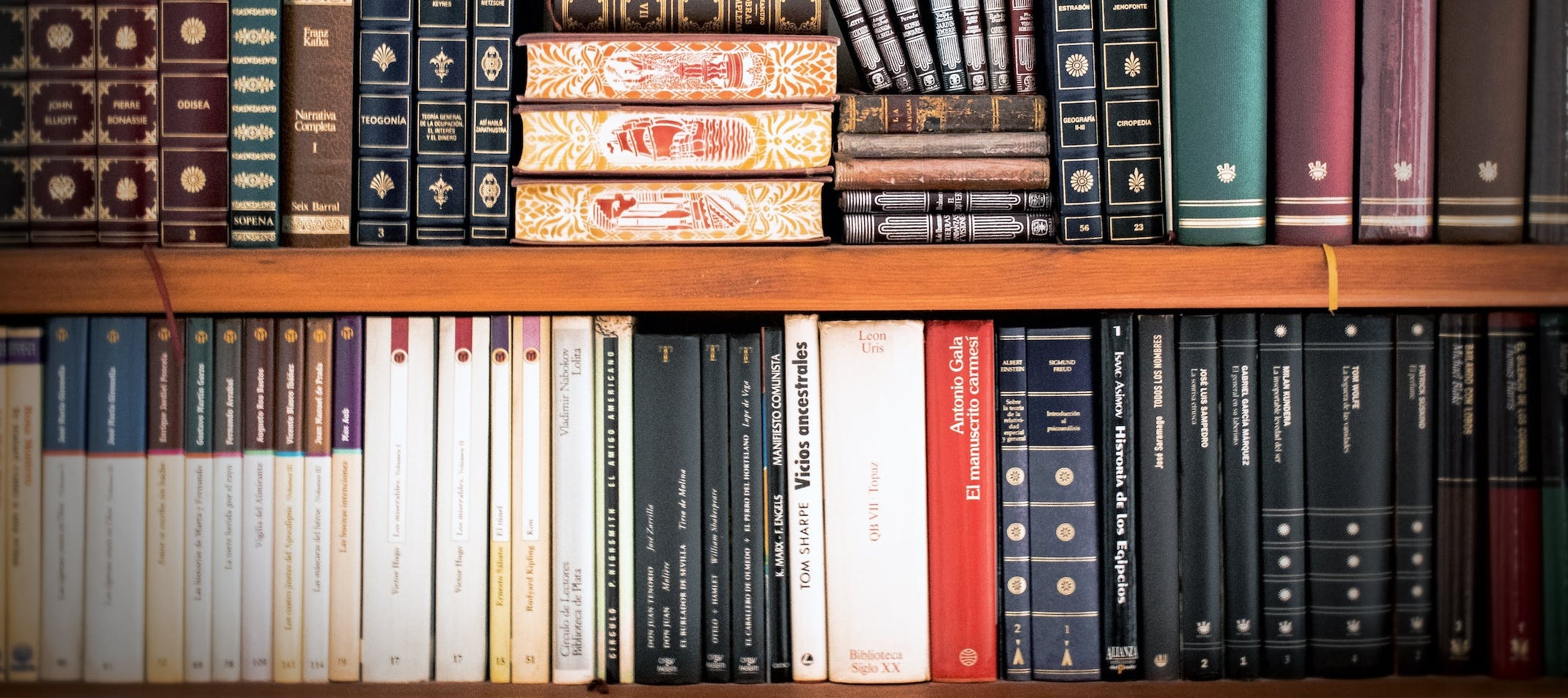
The Law on Copyright through Republic Act (R.A.) 8293 governs copyright issues.
The main law that governs copyright is the Law on Copyright through Republic Act (R.A.) 8293 or the Intellectual Property Code of the Philippines.
This was enacted into law on June 6, 1997 and took effect on January 1,1998.
The part concerning the Law on Copyright is Part IV of the IP Code – but it doesn’t actually define copyright.
Additionally, the definition given by the jurisprudence as found in the Supreme Court case of Pearl and Dean, Incorporated vs. Shoemart Incorporated, G.R. No. 148222, August 15, 2003 is also vague as to the specific definition of the word (It basically refers us back to the law).
The IPOPHL or Intellectual Property Office of the Philippines is the government agency that regulates copyright in the Philippines.
The IPOPHL defines Copyright as the bundle of economic and moral rights extended to the owner of the rights in a literary, artistic, scholarly, or scientific work.
To simplify, the definition of Copyright is the right given to the creator of registerable work as defined under and protected by the law.
Two elements cover the definition of a copyright.
The first is the registerable work.
The second is the protection granted to it.
These two elements will be discussed as we go on this article.
What are the types of works that are protected by Philippine Copyright?
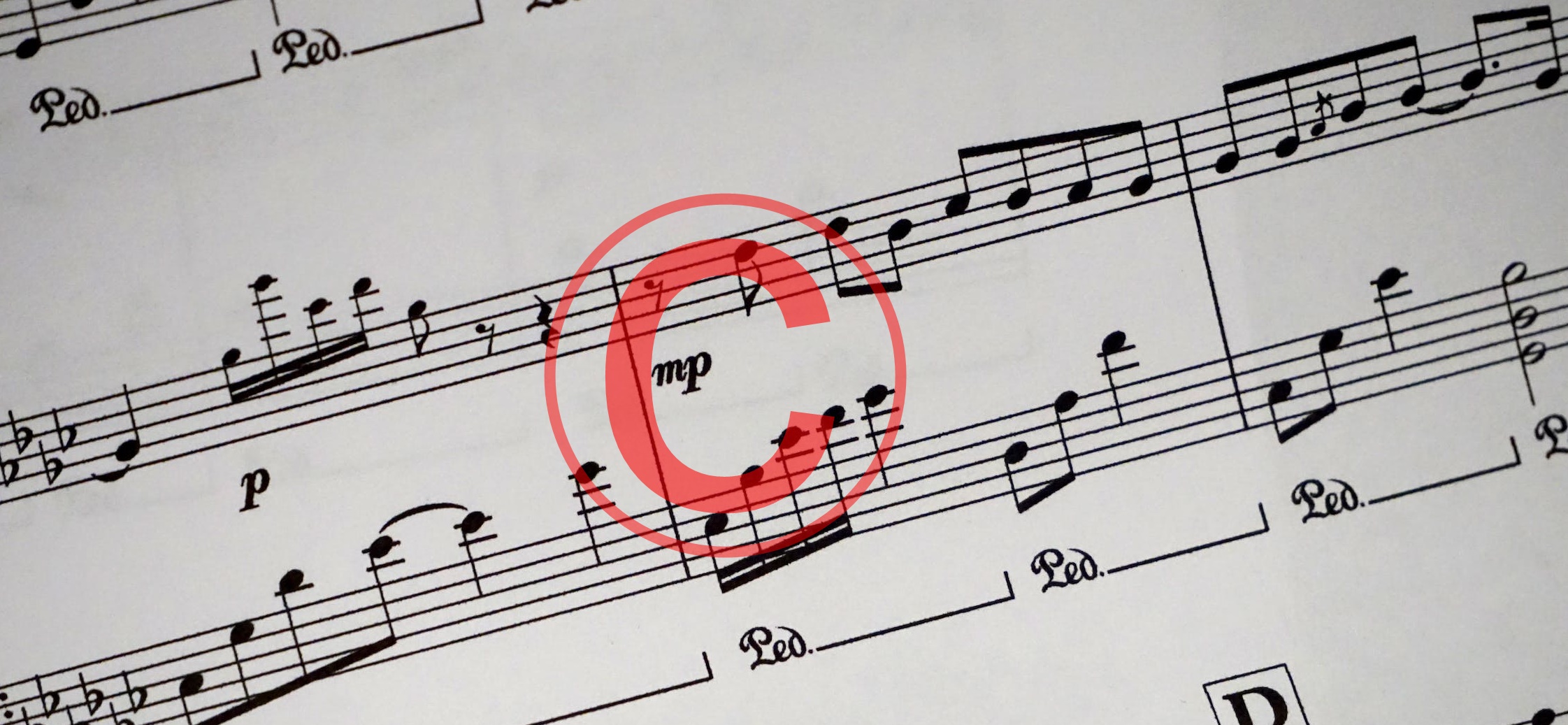
Today, social media makes plagiarism and copyright infringement very common.
There are two types:
- Original works
- Derivative works
Original works are original intellectual creations in the literary and artistic domain.
They are protected from the moment of their creation.
Common examples of these are music that you hear through the music apps on your phone and the novels that you read.
The law further enumerates the type of work under this category as further explained in Sec. 172 of the Intellectual Property Code.
The other form of work that can be registered are derivative works.
Derivative works are creative works based on an existing work whether copyrighted or part of the public domain.
Derivative works are enumerated under Section 173 of the Intellectual Property Code.
One example of this is movie adaptations of known books or novels that were originally written.
Another is the adaptation of Romeo and Juliet into a live play or in a Broadway show or play.
What are works not protected by Philippine Copyright?

Some things cannot be copyrighted such as people’s names, mathematical principles, scientific facts, ideas etc.
If there are creations that are registerable under copyright, the law also enumerates several things that cannot be registered under copyright.
They are as follows:
- Ideas that are not in an express form;
One example of this is a person who was able to compose a poem in his mind but was not able to put the words into writing.
- News of the day and other miscellaneous facts of mere items of press information;
The news that public transportation will go on a transportation strike for three days is not subject to copyright.
However, the journalist who wrote the article about the strike in a newspaper is the owner of the article and is entitled to the copyright of the work.
- Official texts of the government including its translation;
Common examples of this are the issuances, orders, and, legislation issued by the different agencies and departments of the government of the Philippines.
- Government work.
For example, the Supreme Court of the Philippines asked its legal department to make a Primer on the New Rules on Civil Procedure passed by the En Banc.
The Supreme Court does not hold a copyright over the Primer that was issued.
However, prior approval of the government agency or office wherein the work is created shall be necessary for the exploitation of such work for profit.
When are works protected by Philippine Copyright?
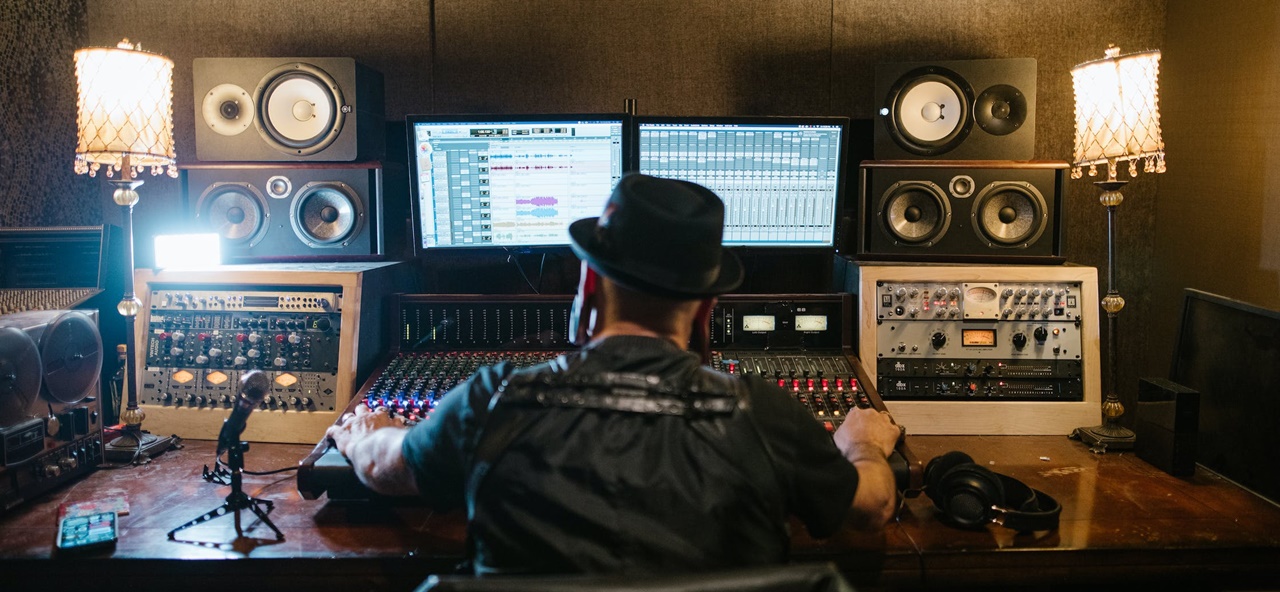
Works are protected from the time of their creation.
Works are protected from the time of their creation irrespective of their mode or form of expression, as well as of their content, quality, and purpose.
In the same case of Pearl and Dean, the Supreme Court of the Philippines stated that:
There is no such scrutiny in the case of copyrights nor any notice published before its grant to the effect that a person is claiming the creation of a work. The law confers the copyright from the moment of creation and the copyright certificate is issued upon registration with the National Library of a sworn ex-parte claim of creation.
The law and the Supreme Court are one when it says that a creation is entitled to protection from the time that the creation was made.
How long is the protection of a copyright?
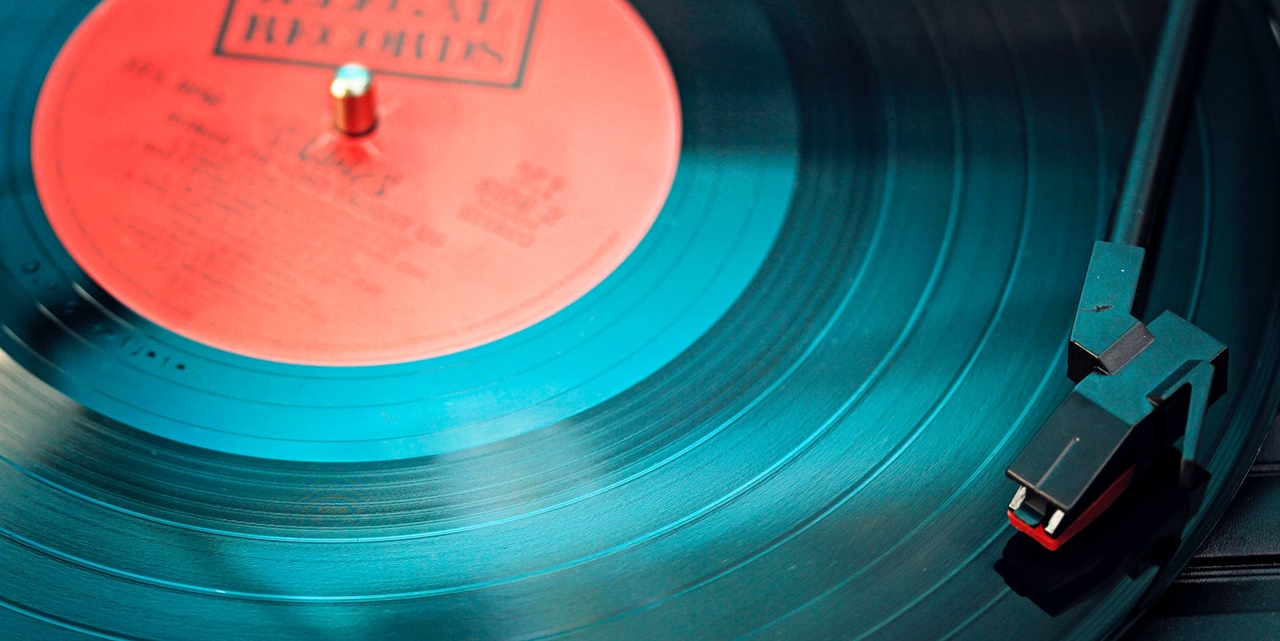
Copyright can last a creator’s lifetime.
Protection of creation under the Philippines is during the lifetime of the author plus fifty years (50) after the death of the author.
In the case of works co-authors, the economic rights shall be protected during
the life of the last surviving author and for fifty (50) years after his death.
In the case of anonymous or pseudonymous works, the copyright shall be protected
for fifty (50) years from the date on which the work was first lawfully published.
For works of applied art, twenty-five years (25) from the date of making.
Photographic works are protected for fifty years (50) from publication or making it unpublished.
Audiovisual works for 50 years from date of publication or making if unpublished.
When a work is out of copyright, a work can be used without reference to the creator.
For example, the play Romeo and Juliet is not protected by copyright anymore and forms part of the public domain.
The author of the play Romeo and Juliet, the famous William Shakespeare, died more than 70 years ago from the time that the play was created.
This means that under copyright laws, the play already forms part of the public domain and you can easily use it as a basis for a new adaptation of the play of William Shakespeare.
What are the benefits of registration under Philippine copyright?

Copyright registration certificate is a formal document a creator can use to protect and market his creation.
As stated earlier, creations are protected from the time of their creation.
There is no requirement for registration for the protection of a creation under copyright.
However, it is very advisable to register a work with the IPOPH to take full advantage of the protections of the law.
If you register your work with the IPOPHL, you will gain the following benefits:
- Fact of ownership becomes public record;
- Provides constructive notice (also known as legal notice);
- Market demands. Allows the owner to maximize the value of the work by licensing,
assigning, and raising capital.
- Chain of Title. Provides a means to track copyright ownership as it passes from the
creator or author to another (heirs, assignee, transferee, etc.);
- Potential to facilitate prosecution for copyright infringement.
- Allow IPOPHL to help promote the legitimate use of a copyrighted work through the
Copyright Search
Are works copyrighted in another country also protected here in the Philippines?

No international copyright exists that will automatically shield a single author’s work from infringement anywhere in the world. International protection of copyright however can be applied for.
No. Copyright laws are territorial in application.
Copyright laws, even with the advent of treaties entered into by different states, are only protected by the laws of the state where they are registered.
In order for a copyrighted work in a different state to garner protection here in the Philippines, the author must also register the copyrighted work with the IPOPHL.
How to file Philippine Copyright before the IPOPhil?
?Registration of copyrighted works with the IPOPHL is done online.
Note that the office of IPOPHL does not accept physical or walk-in submissions.
Transactions are to be done digitally even the mode of payment for the registration of the copyrighted work.
The steps of the registration online are outlined as follows:
- Go to the website of the IPOPHL.
- From the homepage, go to “Services” and then click “Copyright”.
- You are now directed to the main page of the Copyright portion of the IPOPHL. Click “Copyright Registration”.
- You will now be directed to the registration proper. Download the Registration form by clicking the “BCRR Transaction Form”.
- Fill out the “BCRR Transaction Form” or transaction form. Note that you can fill out the form digitally or manually by printing a copy first and then filling it out with the use of a ballpoint pen.
- Prepare all the documents necessary with the application form. If the application form is being filled out by a representative, make sure that the representative is armed with a Special Power of Attorney. The representative is required to upload this document with the application form to the IPOPHL.
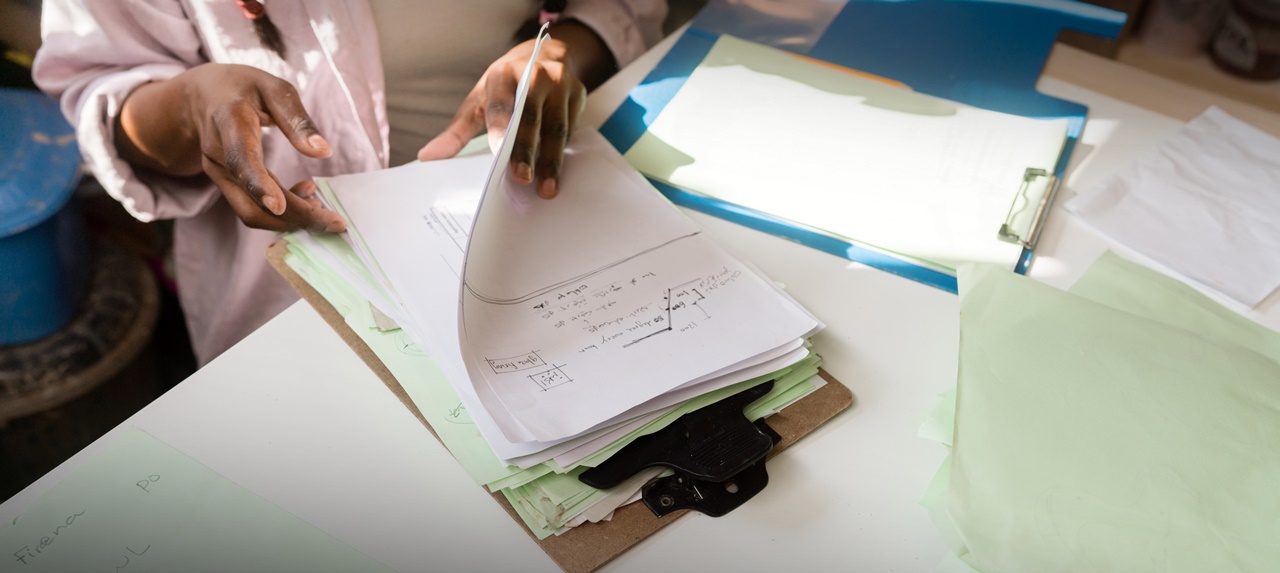
Documentary requirements for copyright registration vary depending on the type of the work
Other documentary requirements may also be required depending on the kind of work that you want to be registered.
For example, if you are applying for the registration of a novel, you are required to prepare a copy of the work. You are also required to submit a copy of the work with the IPOPHL with the application form.
- Sign the application form. The signature can be placed digitally through an e-signature or by physically signing the printed application form.
- Send the application form and other requirements through the email provided by the IPOPHL.
- Pay the fees online. Check your email for the E-Statement of Account (SOA) and pay the filing fees indicated therein. Send the proof of payment to BCRR via email. The filing fees for the registration are available by clicking this link.
- Receive the Certificate of Registration.
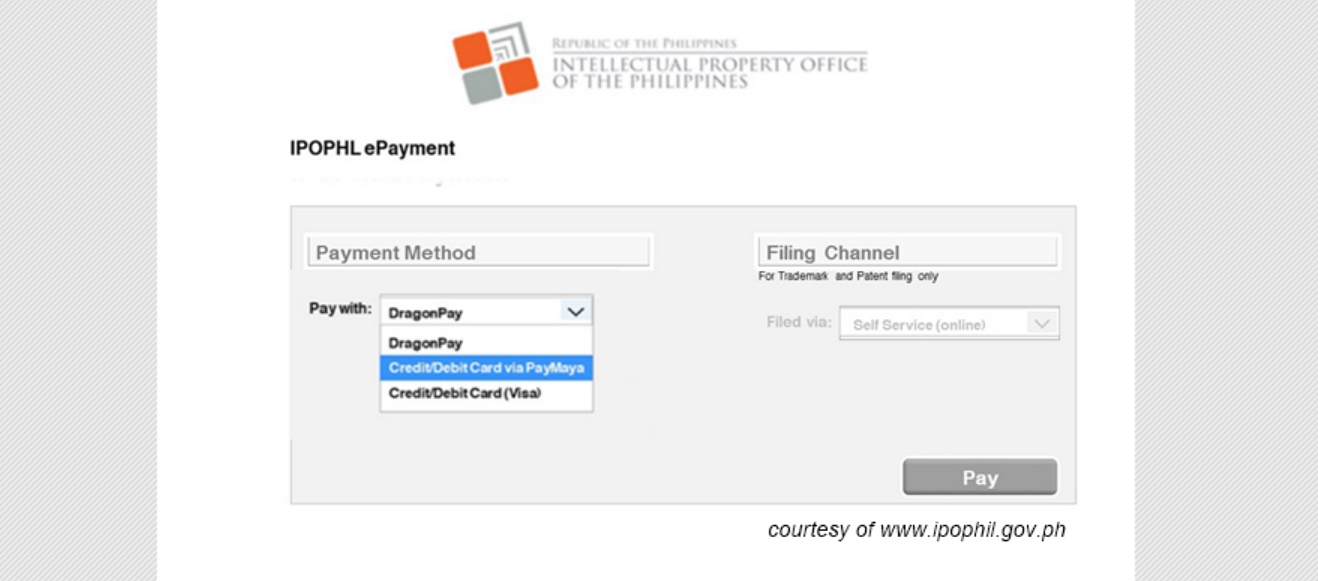
Payment can be made online through E-Wallets and Online Banking.
Note that the Certificate will be sent to the email that you nominated in your application. IPOPHL does not send Certificates in their physical form anymore.
Expect to receive the Certificate if approved within three to five days after application.
However, there are instances that IPOPHL takes several weeks to assess registration depending on the bulk of the work you want to be registered.
If the application was properly prepared and all the necessary supporting documents were also submitted, there will be no issue and the IPOPHL may release the Certificate within several days.
However, if there are issues, expect an email from the IPOPHL asking you to comply so that your application will be approved.
- Check your registration through Copyright Registration Search.
Once the registration was approved and a Certificate was released, you can now search and check for your registration.
Your copyrighted work should be available for viewing at the IPOPHL through their database by accessing their Copyright Registration Search.
You can use this link to do the search.
In the search bar, just type the copyrighted work and the website will do the search for you.


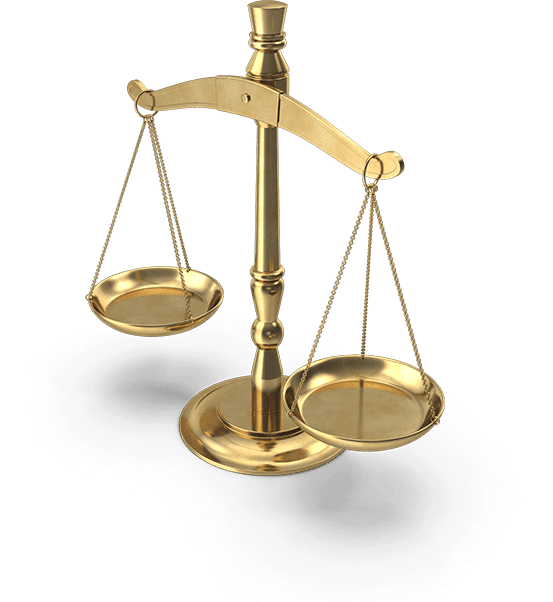



0 Comments